Vegetables for soups are essential ingredients that add flavor, texture, and nutrition to a variety of soup dishes. These vegetables, either alone or in combination, form the base of numerous soups, providing variety and richness to this comfort food staple.
These vegetables can be categorized into various types, including root vegetables like carrots, potatoes, and parsnips; leafy greens such as spinach and cabbage; and bulb veggies like onions, garlic, and leeks.
The textures of vegetables in soups can range from crisp and crunchy to soft and tender, while their taste varies from sweet, pungent, to tangy.
In this read, you’ll get to know the best vegetables for soups and what makes each one special. Stick around until the end for some tasty ideas on the best vegetable soups from famous cuisines.
Start reading now!
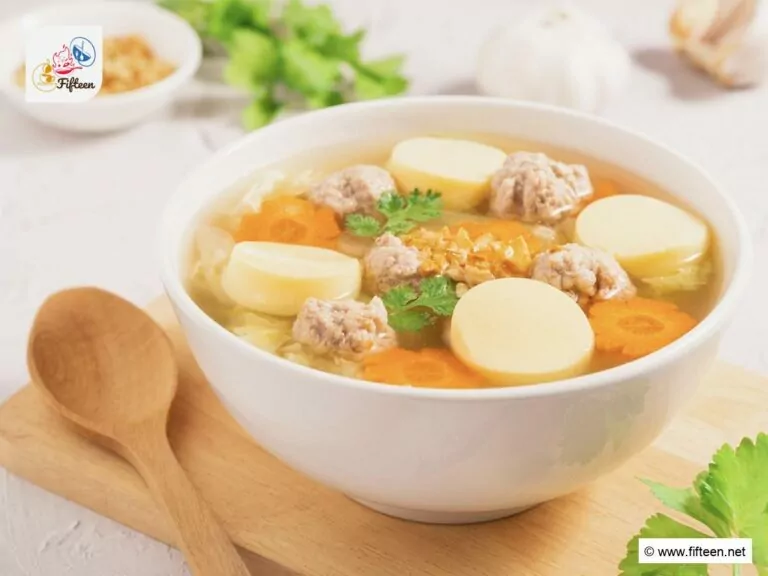
What Vegetables Are Best for Soups? Discover 33 Perfect Options
Below are 33 perfect veggies to add to your soups, featuring a variety of types and colors that enhance every meal. Use the filter to quickly and easily find the perfect option for your next soup!
Onion
- For Dishes
- For Garnishes
Onions are key vegetables in cooking, especially for soups. They come in varieties like yellow, white, and red. With a robust taste, yellow onions are perfect for French onion soup, while white onions’ milder flavor suits salsa. Red onions add color and tanginess to dishes like gazpacho.
Onions are typically round with papery skin and layers that change color. Their texture shifts from crisp when raw to soft and creamy when cooked. They are essential in global cuisines, including French, Italian, Mexican, and Chinese.
Carrot
- For Dishes
- For Garnishes
Carrots are root vegetables known for their bright orange color, which can also be purple, yellow, or white. They have a sweet, earthy flavor that intensifies when cooked, making them perfect for soups. Carrots are long and crunchy, softening beautifully when cooked.
Carrots are integral to American, European, and Middle Eastern cuisines. Carrots add sweetness and nutrients to dishes like chicken noodle soup and beef stew, balancing savory ingredients and enhancing texture and color.
Celery
- For Dishes
- For Garnishes
Celery has a refreshing, slightly peppery flavor. Its pale green, crisp stalks add a great texture to soups. Celery is a staple in American, Italian, and Chinese cuisines.
It is essential in mirepoix, the classic French flavor base of onions, carrots, and celery. It enhances the overall taste of broths and stews without overpowering other ingredients.
Celery is popular in chicken soups and creamy chowders and adds flavor and texture. Its leaves can be used as a garnish, adding freshness to soups.
Potato
- For Dishes
Potatoes are versatile vegetables essential in many soups. They come in various types like Russet, Yukon Gold, and Red Bliss, each offering unique textures and flavors.
Potatoes are typically round or oblong, with colors from brown to red to purple, and flesh that can be white, yellow, or blue.
When cooked, their mild, earthy flavor and starchy, creamy texture make potatoes a staple in soups. They add body and thickness to dishes like potato leek soup, chowders, and stews.
Garlic
- For Dishes
- For Garnishes
Garlic is a pungent vegetable that enhances the flavor of many soups. The bulbs consist of several cloves encased in a papery skin, with white or purple cloves. Fresh garlic has a sharp, spicy flavor that mellows and sweetens when cooked, adding depth to dishes.
Garlic is key in cuisines like Italian, Chinese, and Mediterranean. It adds a warm, savory note to soups like Italian minestrone, French garlic soup, and Chinese hot and sour soup.
Tomato
- For Dishes
- For Garnishes
Tomatoes are juicy fruits often used as vegetables in cooking. They come in shapes like round, oblong, and cherry-sized, with colors ranging from red to yellow to green. Tomatoes have a sweet, tangy flavor with a slightly acidic bite that deepens when cooked.
This fruit vegetable is fundamental in soups across many cuisines. They create flavorful broths in dishes like Italian tomato basil soup, Spanish gazpacho, and Mexican tortilla soup.
Mushroom
- For Dishes
Mushrooms are versatile fungi that enhance soups with rich flavors and meaty texture. They come in various shapes and colors, from small white button mushrooms to large brown portobellos, offering a range of tastes from mild and nutty to deep and earthy.
Mushrooms are essential in Italian, Chinese, and French cuisines. They provide a hearty umami flavor to soups, with shiitake mushrooms adding smoky notes to Japanese miso soup and cremini and portobello mushrooms enriching stews and cream-based soups.
Corn
- For Dishes
- For Garnishes
Corn is a sweet and crunchy vegetable that adds tasty texture and flavor to soups. Corn kernels, typically yellow, can also be white, red, or blue. Fresh corn is juicy and sweet, while canned or frozen corn retains its flavor and nutritional value, making it available year-round.
Especially popular in American and Mexican cuisines, corn adds sweetness and crunch to soups like chowders and tortilla soup. Its natural sugars balance savory and spicy ingredients, creating a well-rounded flavor profile.
Spinach
- For Dishes
- For Garnishes
Spinach is a leafy green vegetable that brings a mild, slightly earthy flavor and tender texture to soups. Spinach leaves, dark green and either flat or curly, become soft when cooked, blending seamlessly into broths and stews.
Spinach is a staple in Mediterranean, Indian, and American cuisines. It is particularly favored in light, broth-based soups like Italian wedding soup and Greek avgolemono.
Green Bean
- For Dishes
Green beans, also called snap beans or string beans, are slender, green vegetables with a crisp texture. They come in two types: bush beans, which are shorter and bushier, and pole beans, which grow taller and need support.
Their mild, slightly sweet flavor and satisfying crunch make them perfect for soups. They retain their texture well in soups, adding a fresh, green note to broths. Green beans are key in dishes like French, Italian, and American vegetable soups.
Bell Pepper
- For Dishes
- For Garnishes
Bell peppers are bell-shaped vegetables that come in green, red, yellow, and orange. They have a sweet, tangy flavor and a crisp, juicy texture when fresh, which softens when cooked. Rich in vitamins A and C, they add vibrant color and flavor to soups.
Popular in Mediterranean and Latin American cuisines, bell peppers enhance soups like gazpacho, ratatouille, and Mexican tortilla soup. Their sweetness and slight crunch make them a flavorful and visually appealing addition to clear and creamy soups.
Squash
- For Dishes
Squash, known as Cucurbita, includes varieties like butternut, acorn, and zucchini. These vegetables have a mild, slightly sweet flavor and a creamy texture when cooked, with flesh colors ranging from pale yellow to deep orange.
Ideal for soups, squash breaks down into a smooth, velvety consistency that enriches the broth. It’s used in American, Italian, and Middle Eastern cuisines, starring in butternut squash soup and kabocha soup.
Kale
- For Dishes
Kale, also called borecole, is a leafy green vegetable from the brassica family, known for its rich nutritional profile. It has curly, dark green or purple leaves with a slightly bitter, earthy flavor.
Whether raw and crisp or cooked and tender, kale is perfect for soups, adding a hearty, nutritious element. Kale’s robustness makes it ideal for hearty, long-cooking soups and stews.
Broccoli
- For Dishes
- For Garnishes
Broccoli, a cruciferous vegetable, features a thick stalk and green florets, offering a slightly sweet, earthy taste. It has a crisp-tender texture that holds up well in soups. Rich in vitamins C and K, fiber, and antioxidants, broccoli is a healthy addition to any diet.
In soups, broccoli adds both flavor and nutrition. It’s commonly used in creamy soups like broccoli cheddar, where its mild flavor blends seamlessly with cheese and cream.
Cabbage
- For Dishes
Cabbage, a versatile vegetable, comes in dense, leafy heads that can be green, red, or purple. It has a mild, slightly sweet flavor and a crunchy texture that becomes tender when cooked. Rich in vitamins C and K, fiber, and antioxidants, cabbage is a nutritious addition to meals.
In soups, cabbage absorbs flavors well while maintaining its structure, adding bulk and flavor. It’s a staple in Eastern European soups like borscht, Korean kimchi jjigae, and Irish colcannon soup. Affordable and available year-round, cabbage is a popular choice for soups worldwide.
Pea
- For Dishes
Peas, whether fresh, frozen, or dried (like split peas), are small, round, and typically green, offering a sweet, slightly earthy flavor and tender texture when cooked. Peas are perfect for soups, adding flavor and a creamy texture when blended.
Around the world, pea soup is a staple, from classic American split pea soup with ham to refreshing British pea and mint soup. Their versatility allows peas to shine in chunky and smooth soups, adapting to various culinary styles.
Sweet Potato
- For Dishes
Sweet potatoes are tuberous root vegetables with vibrant orange flesh, though they can also be purple, yellow, or white. They offer a sweet, starchy flavor and a creamy texture when cooked.
In soups, sweet potatoes are loved for their natural sweetness and ability to create a rich, creamy texture without heavy cream. They are popular in comforting dishes like sweet potato and black bean soup or coconut and sweet potato soup.
Their high fiber content aids digestion, and their natural sweetness balances savory ingredients, making them a versatile and healthy choice for various cuisines.
Cauliflower
- For Dishes
Cauliflower is a cruciferous vegetable with a compact, white head made of undeveloped flower buds. It has a mild, slightly nutty flavor and a firm texture that softens when cooked. The texture is ideal for soups, blending into a creamy consistency or adding body when left in chunks.
Its versatility and ability to absorb flavors make cauliflower popular in various cuisines, such as spiced cauliflower and lentil soups in Indian cuisine and creamy cauliflower soup in European dishes.
Leek
- For Dishes
Leeks are related to onions and garlic, with long, cylindrical stalks ranging from white to dark green. They have a delicate, sweet onion-like flavor and a tender texture when cooked, making them perfect for soups.
Leeks are key in classic soups like vichyssoise and leek and potato soup. Their subtle flavor and soft texture add depth without overpowering other ingredients, blending well in pureed soups for a smooth, creamy texture and mild, sweet flavor.
Asparagus
- For Dishes
- For Garnishes
Asparagus is a spring vegetable with long, slender green stalks and tender tips. It offers a slightly bitter flavor and crisp texture when raw, becoming tender and succulent when cooked.
In soups, asparagus shines with its delicate flavor and vibrant color. Common in creamy soups like cream of asparagus, it’s enjoyed both warm and cold, especially in Mediterranean and French cuisines.
Turnip
- For Dishes
Turnips are round root vegetables with white skin and purple tops. They have a slightly sweet, peppery flavor and a firm texture that softens when cooked.
Turnips add subtle sweetness and depth to soups, commonly found in hearty dishes like Irish stew and Asian broths. Roasting turnips before adding them to soups enhances their natural sweetness.
Bok Choy
- For Dishes
Bok choy, also known as Chinese cabbage, features crisp white stalks and dark green leaves. It has a mild, slightly peppery flavor and a crunchy texture that softens when cooked.
Favored in Asian cuisine, bok choy adds delicate flavor and crunch to soups like wonton and hot pot. Its mild taste blends well with various broths and spices, enhancing the overall flavor without overpowering it.
Brussels Sprout
- For Dishes
Brussels sprouts are small, leafy green vegetables resembling miniature cabbages. They have a slightly bitter, nutty flavor and a firm texture that softens when cooked. Rich in vitamins C and K, fiber, and antioxidants, they are a nutritious addition to any meal.
These sprouts bring a delightful earthiness to creamy vegetable soups and hearty stews, popular in British and Belgian cuisines. They retain their texture, balancing rich, savory flavors while supporting digestive health and overall wellness.
Fennel
- For Dishes
- For Garnishes
Fennel is a bulbous vegetable with feathery green fronds and a distinct anise-like flavor. Crunchy when raw and tender when cooked, it is rich in vitamins C and A, fiber, and potassium, offering numerous health benefits.
This vegetable adds a subtle sweetness and aromatic quality to Mediterranean and Italian dishes. Its flavor pairs beautifully with tomatoes, garlic, and seafood, enhancing seafood soups, creamy bisques, and vegetable broths.
Chard
- For Dishes
- For Garnishes
Chard features colorful stems and slightly bitter, earthy leaves. This leafy green brings texture and vibrant color to Mediterranean and Middle Eastern dishes. Its mild flavor complements tomatoes, beans, and herbs, making it ideal for vegetable and bean soups.
This leafy green contains vitamins A, C, and K, magnesium, potassium, and fiber, contributing to its nutritional value. The high nutrient content supports overall health, and its colorful stems enhance the visual appeal of any dish.
Celeriac
- For Dishes
Celeriac, or celery root, has a rough brown exterior and creamy white interior. Its unique flavor combines the earthiness of celery with hints of parsley and nuttiness.
When raw, it’s firm and crisp, but cooking transforms it into a tender, velvety addition perfect for soups and stews like potage and beef bourguignon. Its versatility allows it to blend well with carrots and potatoes, adding flavor and essential nutrients.
Beet
- For Dishes
- For Garnishes
Beets, or beetroot, are known for their deep red color and sweet, earthy flavor. They soften beautifully during cooking, adding a vibrant color and rich taste to soups.
In Eastern European cuisine, especially in borscht, beets complement ingredients like cabbage and potatoes while providing a wealth of antioxidants, vitamins, and minerals.
Collard Green
- For Dishes
Collard greens, with their large, dark green leaves, have a slightly bitter flavor that mellows when cooked. They become tender and silky in soups, making them ideal for hearty dishes.
A staple in Southern American cuisine, collard greens retain their texture and infuse soups with a rich, savory flavor. They are highly nutritious, offering vitamins A, C, and K, along with fiber and calcium.
Okra
- For Dishes
Okra, also known as lady’s fingers or gumbo, is a green, ridged vegetable from the mallow family. Its slimy texture can thicken soups and stews, adding a mild, grassy flavor with a slight sweetness.
In Southern American cuisine, okra is essential in dishes like gumbo, and in West African cuisine, it’s used in okro soup with meats like oxtail and shrimp. Filipino sinigang also features okra for its texture, enhancing the soup’s richness.
Artichoke
- For Dishes
Artichokes, or globe artichokes, have large, green leaves and a tender heart with a subtly nutty and sweet flavor. They add depth and luxurious texture to soups, popular in Mediterranean dishes like Italian artichoke soup.
Their ability to absorb and enhance flavors makes them perfect for chunky vegetable soups and stews, complementing various ingredients.
Rutabaga
- For Dishes
Rutabaga, known as swede or Swedish turnip, is a root vegetable with purple-tinged yellow skin and a mildly sweet, earthy flavor. When cooked, rutabaga becomes tender and slightly buttery, ideal for hearty winter soups and stews.
In Scandinavian cuisine, it’s combined with potatoes, carrots, and onions in traditional root vegetable soups, providing a firm texture and satisfying bite.
Parsnip
- For Dishes
Parsnips, pale and tapered like carrots, offer a sweet, nutty flavor with an earthy undertone. Firm and starchy, they turn smooth and creamy when cooked, adding natural sweetness and complexity to soups.
Parsnips enhance creamy soups and winter stews in British and American cuisines, blending well with other root vegetables and spices for a comforting meal.
Shallot
- For Dishes
Shallots, milder and sweeter than regular onions, have a small, elongated shape with coppery brown skin and a purplish-white interior. Their delicate flavor is perfect for soups, adding depth and richness without overpowering other ingredients.
Frequently used in French cuisine, shallots enhance velvety bisques and consommés, valued for their subtle taste and ability to improve texture and aroma.
What Are Famous Vegetable Soups from Different Cuisines?
Below are the 10 most popular vegetable soups worldwide, including specialties from Asia, Europe, Africa, and more:
Which vegetables will you try next in your soup? Comment below with your choice, and visit our site for more delicious vegetable ideas. Thank you for reading, and don’t forget to like and share this article with fellow soup lovers!


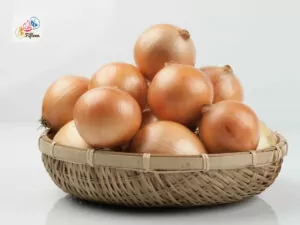
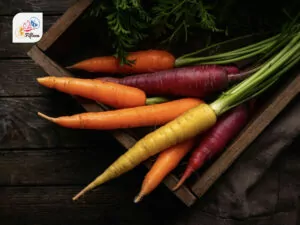
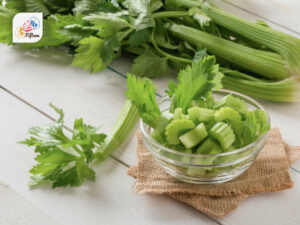
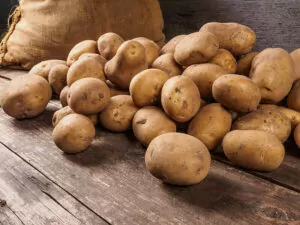
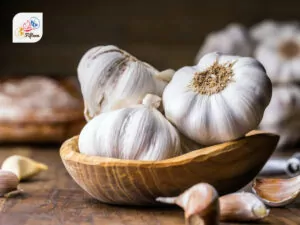
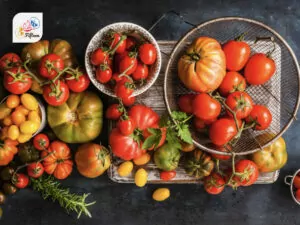
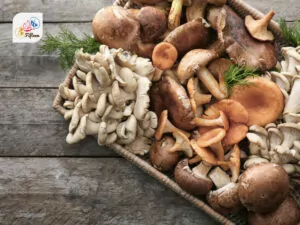
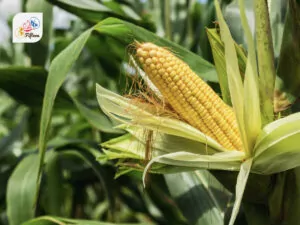
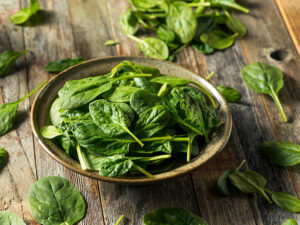
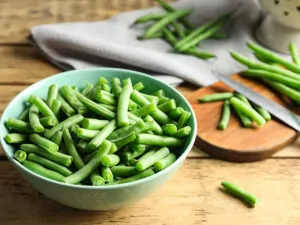

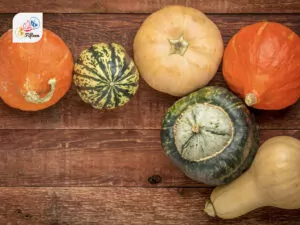
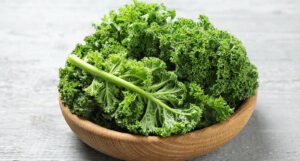
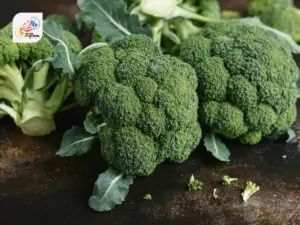
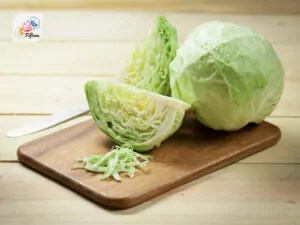
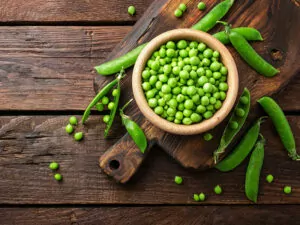
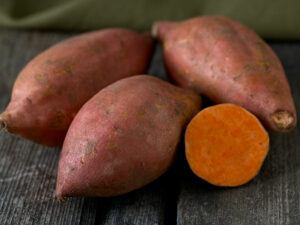
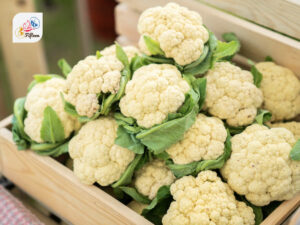
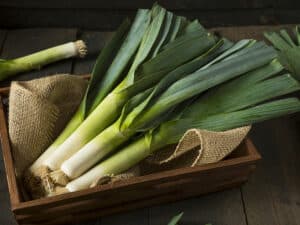
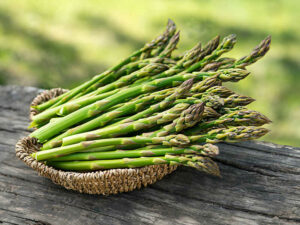
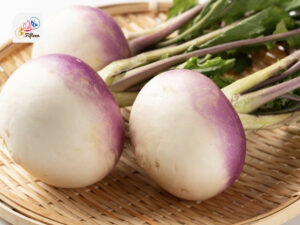
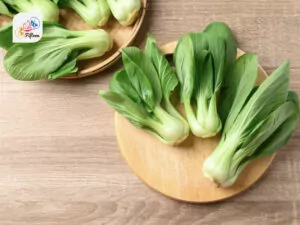
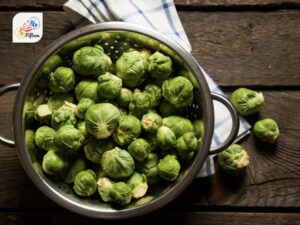
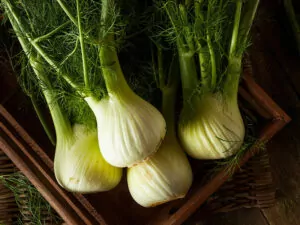
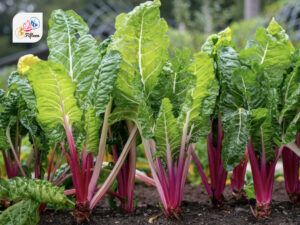
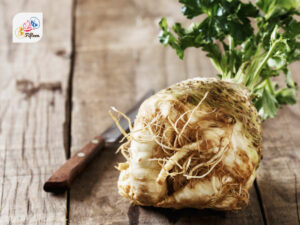
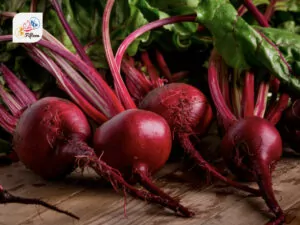
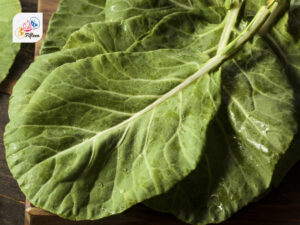
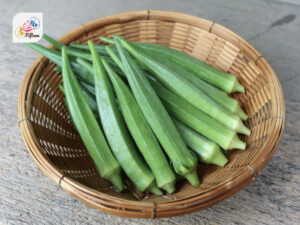
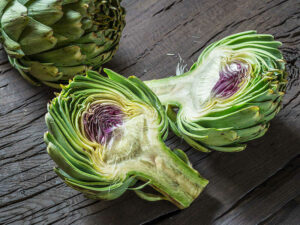
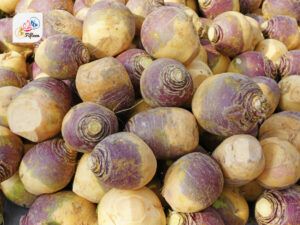

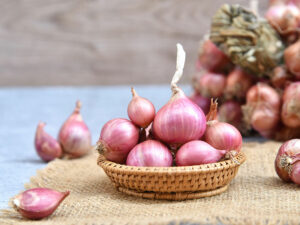

Jamie Scott
Editor in Chief, Senior Content Writer
Expertise
Home Cooking, Meal Planning, Recipe Development, Baking and Pastry, Food Editor, Cooking-video Maker, Western Food Evaluation Expert
Education
Le Cordon Bleu College of Culinary Arts
Local Community College, New York, NY
Jamie Scott is a skilled culinary expert and content creator specializing in Western cuisine. With over 15 years in the culinary field and formal training from Le Cordon Bleu, Paris, Jamie deeply understands how to blend nutrition with delicious flavors. His passion for cooking matches his commitment to making healthy eating accessible and enjoyable.
On Fifteen.net, Jamie brings a fresh perspective to classic dishes and beverages, offering readers insightful recipes, cooking tips, and a fresh view on meal planning that emphasizes taste, health, and simplicity.